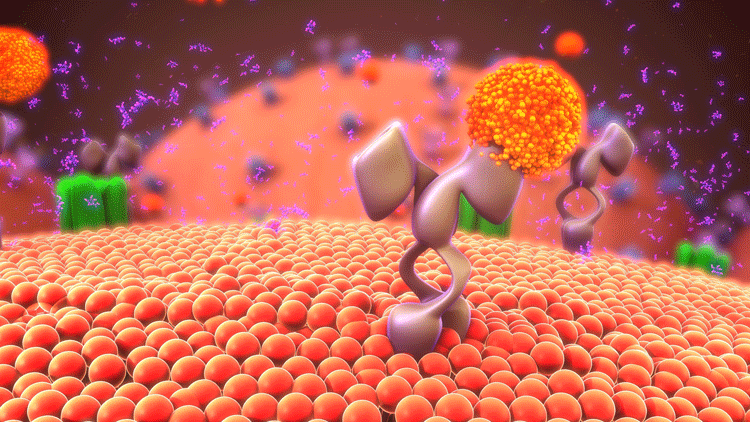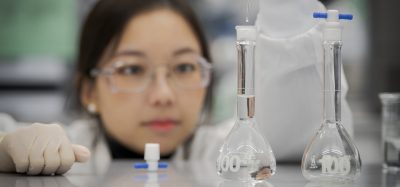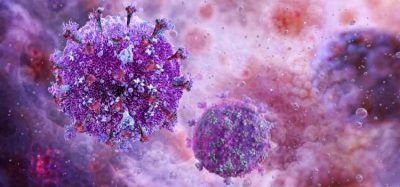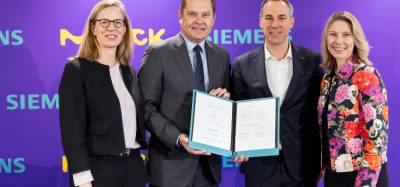Researchers launch virtual docking library to aid drug discovery
Researchers have launched a large virtual docking library expected to grow to more than one billion molecules by 2020 which could aid drug discovery…
Researchers have launched a large virtual docking library expected to grow to more than one billion molecules by 2020.
The library will expand 1,000-fold the number of “make-on-demand” compounds readily available to scientists for chemical biology and drug discovery.
“To improve medications for mental illnesses, we need to screen huge numbers of potentially therapeutic molecules,” explained Joshua A. Gordon, director of NIH’s National Institute of Mental Health (NIMH), which co-funded the research. “Unbiased computational modelling allows us to do this in a computer, vastly expediting the process of discovering new treatments.”
The docking library will be funded by the US National Institutes of Health (NIH), including the National Institute of Mental Health (NIMH), National Institute of General Medical Sciences (NIGMS), the NIH Common Fund, and National Institute of Neurological Disorders and Stroke (NINDS).
The library is based on two research studies. The first used a virtual structure-based docking approach to uncover molecular secrets of an antipsychotic drug and LSD docked in their respective target receptors. From this, they were able to create a painkiller that selectively targets brain analgesic circuitry without morphine’s side effects.
In the second study, published in Nature, researchers examined the structure-based docking of 138 million molecules with either the D4 receptor, a key protein that mediates the actions of the brain chemical messenger dopamine, or the enzyme AmpC, which confers resistance to certain antibiotics and has proven difficult to block.
The researchers then synthesised and tested, in a lab, the top 549 molecules that virtually docked best with the D4 receptor and 44 molecules that docked best with the enzyme. These studies revealed several novel drug-like molecules that bind only to the D4 receptor (and not the closely related D2 or D3 dopamine receptors) and turned the receptor on or off.
Additionally, one molecule (4163) emerged as the most potent binder of AmpC ever.
A virtual molecule’s docking rank predicted its actual likelihood of binding to the D4 dopamine receptor in a lab assay.
Of interest, the researchers applied computer simulations to 130 well-characterised chemical reactions using 70,000 different chemical building blocks. They found that as the size of a library grew, ratio of true molecules to false positives improved
Gordon said: “This new study illustrates the potential of unbiased computational screening and molecular docking to discover new tool molecules and potential therapeutic agents, providing a rapid and robust pathway that will lead directly to novel drug treatments for mental illnesses.
“Only those relatively few candidate molecules that best match the target profile on the computer need to be physically made and tested in a wet lab.”










